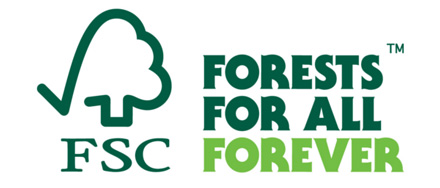
Sustainable Timber Tasmania (STT) has launched a process to gain certification for its forestry activities from the Forest Stewardship Council. SCS Global Services will conduct an audit of STT’s forestry practices, starting on 20 May, against the new FSC Australian Forest Stewardship Council. Source: Philip Hopkins for Timberbiz
A key issue is the concept of High Conservation Values in managing forests. High Conservation Values include threatened species, threatened forest communities, old growth forest communities, forests in town water catchments, and large landscape level forests.
SST has completed a new High Conservation Value Assessment and Management Plan, which is available from the SST website.
SST’s General Manager Land Management, Suzette Weeding, said the new plan had greatly increased the number of HCVs identified by SST in Tasmania and on Permanent Timber Production Zone land. The plan identifies HCVs and the management measures to maintain or enhanced them.
Ms Weeding said SST was looking forward to the audit process beginning. SCS Global Services undertook the previous audit of SST’s business.
“We recognise the value of independent third-party certification of our forest management system as a means of providing confidence to consumers that the forest from which their products are sourced is managed responsibly,” she said. “Achieving FSC … is not easy – and nor should it be.”
Ms Weeding said SST had made many changes since the last audit. These included:
- Old Growth. SST has phased out clear-felling coupes containing Old Growth (defined as coupes with greater than 25% by area of mapped old growth forest). “This is an important and significant change to SST’s operations,” she said.
- Threatened species. To protect and manage threatened species, SST has been working with the Forest Practices authority (FPA); the Department of Primary Industries, Parks, Water and Environment; researchers and species experts.
The aim is to identify ways to reduce the potential impacts of harvesting operations on species such as swift parrots that nest in hollow-bearing trees. The swift parrot work has focussed on identifying potential nesting habitats across the landscape and excluding those areas from harvesting.
As well, since October 2015 SST has put in place a cautionary approach to not harvest on Bruny Island, which is free from predatory sugar gliders, pending completing a plan to conserve swift parrot habitat in Tasmania.
Landscape management approach.
SST has refined its landscape approach to include evaluating the context of harvesting operations at a mid-landscape scale (about 20,000 ha).
With this approach, appropriate levels of mature habitat are maintained. This includes trees with hollows, standing dead trees and coarse woody debris.
“This builds upon the management that is also conducted at the local scale (1 kilometre radius) and the operational scale (within harvest areas) to maintain or enhance forest values in the landscape.
The audit is expected to take about two weeks, with the results of the audit completed late this year.
SST already has certification from Responsible Wood, which is recognised by the world’s largest forest certification body, PEFC.





